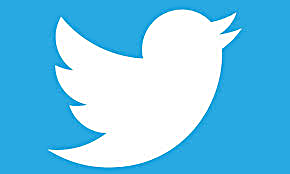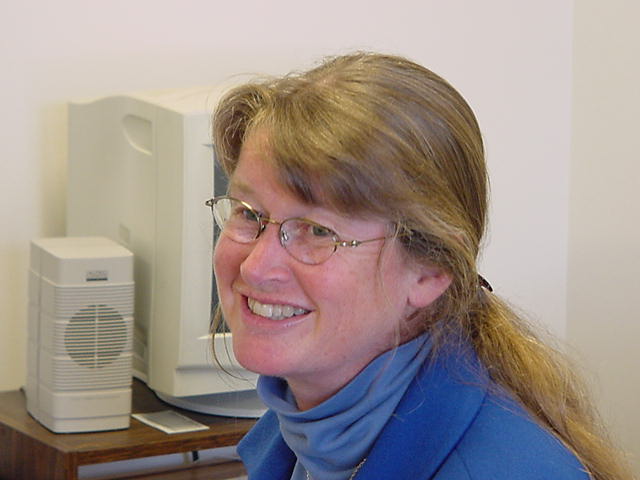American Lament
 Monday, December 17, 2012 at 12:47AM
Monday, December 17, 2012 at 12:47AM At the moment I heard that 20 kindergarten kids in Connecticut had been slaughtered along with six school staff members on Friday morning I was writing an essay on prayer. I was reviewing a new book called Thanks, Help, Wow: The Three Essential Prayers by California cool, irreverent, faithful, Christian writer Anne Lamott.
While generally liking the book, I was arguing cleverly and convincingly that she should have included two other kinds of prayers as well: prayers of confession (“I’m Sorry”) and prayers of lament (“This Sucks.”)
I thought my case was especially effective in support of “I’m Sorry” prayers. We know that most faith traditions (as well as therapists) encourage some kind of spiritual practice where we honestly admit our failings or weakness or sin or other messups, and ask for forgiveness. And surely Lamott, who is so refreshingly open about her own human failings and that she belongs to a 12 step group, should understand the need to do a fearless and honest moral inventory and then make amends to those we have harmed.
But I was having a harder time explaining prayers of lament. My delightfully foul-mouthed clergy pal and Biblical scholar Rev. Dr. Therese Descamp had taught me at a retreat about prayers of lament; she encouraged us to use these key prayerful words: “This Sucks!” Contra Lamott, “Help” may not be our first prayer in the face of pain or sorrow. First we have to yell. I Hate This! There Must Be No God! I Don’t Want To Go On Living! This Sucks!
I reminded folks that in cultures from Ireland to Iran it is especially the older women who lead laments, choruses of mourning and hair pulling. I quoted the prophet Jeremiah wrote: “Thus says the Lord of hosts: Consider, and call for the mourning women to come; send for the skilled women to come; let them quickly raise a dirge over us, so that our eyes may run down with tears, and our eyelids flow with water.” (Jeremiah 9:17-18)
But I felt I wasn’t really making my point. Wouldn’t my editor say that lament is just another form of “Help”? You have cancer or lose your job or want a drink – you say “Help!” – right? Surely we want God to help us out of this mess.
Then I remembered the bestselling relationship book Men are from Mars and Women are from Venus. Author John Gray says women often want solely to vent and bitch about a problem; they want no kind offer of help or possible solution. You, Men! Just listen up, men, forget the helpful suggestions. Listen to the women lament. Marriages might be saved.
Then I saw those pictures of screaming children being led from the school by police and teachers, the faces of parents outside the school before they knew if their kids were coming home that day. Later I watched President Obama crying as he spoke of the tragedy.
I saw lament. I felt it myself.
Lament is when we feel both sorrow and anger at the same time, tears shed and fists raised simultaneously, angry grief, miserable bitterness.
The more I learned, the more I felt both anger and sadness. Each 6 or 7 year old was shot multiple times at point blank. The murderer killed first his mother with the guns she owned and had taught him to use, before driving to the school in her car. One teacher died trying to shield her first grade students with her own body. One so-called Christian leader said if God hadn’t been banished from classrooms this wouldn’t have happened. Another said if teachers had been allowed to have guns all would have been well.
Most of that last paragraph’s lament is sadness.
But those last two are anger.
I’ve come to believe that the gun culture in American is a pervasive addiction. Those citizens who own 300 million guns (out of 315 million citizens) are not so much morally pathetic as desperately sick. Their illness is caused by ignorance, fear, rigidness, cowboy complexes, uncried tears and unnamed shame. Like all addicts they are not responsible for being ill, but they are certainly responsible for getting better and taking responsibility for how their illness harms and kills others. And we should no longer enable the dope peddler National Rifle Association as they feed and profit from this societal addiction.
That’s my anger and my sorrow, my tears and my fists. My lament.
Copyright © 2012 Deborah Streeter









